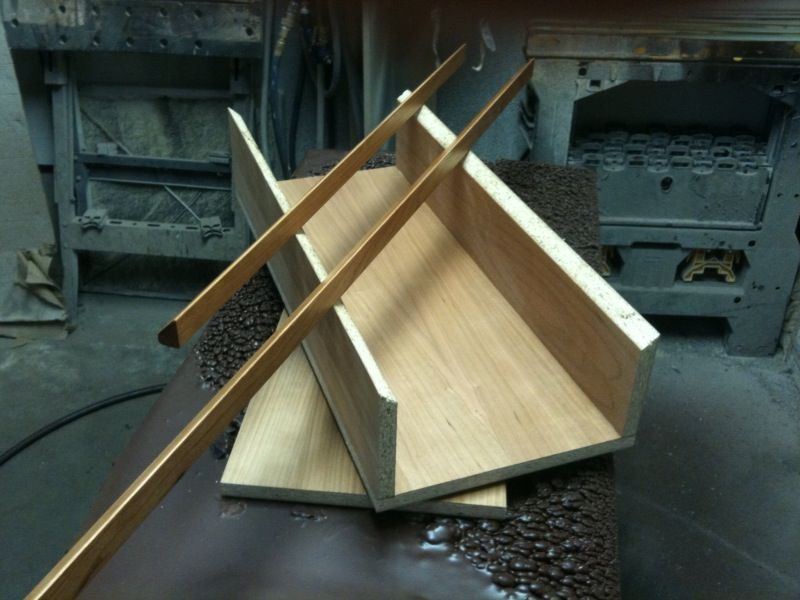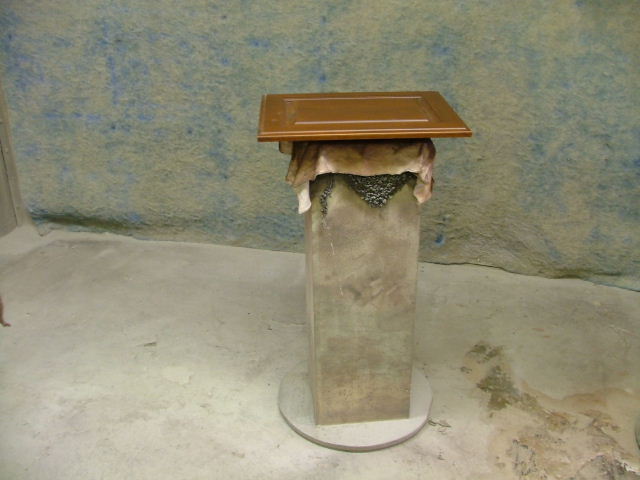Question
I haven't been able to keep overspray from getting on the backside of a work piece (typically a door/drawer). I spray the back first, then when dry, flip and hit the sides and front. I made a pedestal with a lazy susan bearing on it and no matter if the work piece sits on a flat support (like a board smaller than the piece being sprayed) or on a screw board (screws sticking 1" out or so), I get lines around where the block contacts the door back, or a halo effect around the door if it sits on the screws. I spray at an angle facing down, but the overspray always seems to bounce around and make its way to the underside. How can I eliminate this?
I have a job where the doors are to be clear on the back and stained on the front and sides (slab doors). What is the best method to achieve a nice clean line between the two colors without affecting the back with color?
Forum Responses
(Finishing Forum)
From contributor J:
Couple things you can do. Not sure how far the door sits to your lazy susan table, but get it up higher. You get bounce back from the table that hits the back of the door. Below is a picture of the lazy susan I built. Notice the beveled edge that the doors sit on. I will often apply masking tape to this. Makes it really easy to peel off and replace if you need that edge cleaned up really quick so you don't mark doors with wet finish.
Next thing you can do is make sure you are not using too much atomizing air. This creates excessive overspray that gets everywhere. Keep turning your air pressure down until it stops looking good when sprayed. Don't judge the panel immediately after spraying; give it 30 seconds or a minute to flow out. You can get the pressure down really low if you judge the finish after a minute instead of a few seconds. Its needs a little time to level out.

Next thing you can do is make sure you have sufficient airflow. If your booth isn't pulling the air fast enough, the overspray will just hang around and get over everything.
And when spraying the edges, angle your gun down a little so the overspray isn't blowing straight across the back of the door, and when spraying the face, make sure the gun is perpendicular to the surface. No waving, keep it perpendicular and move like a robot.
